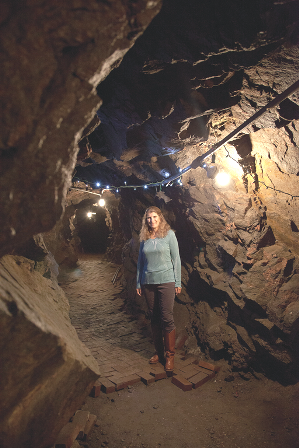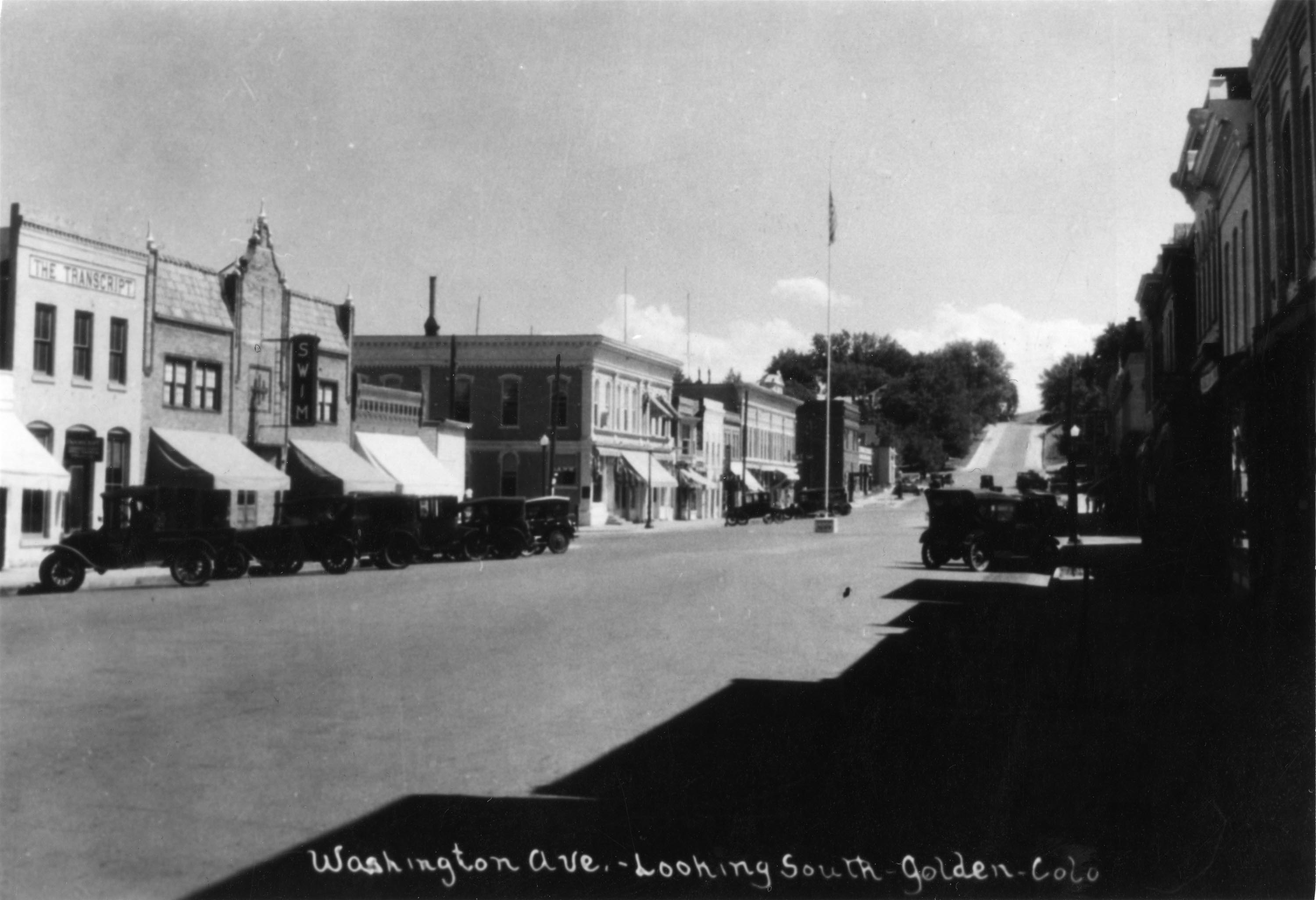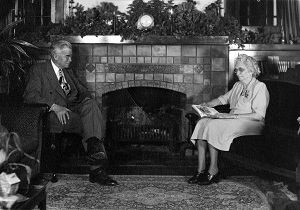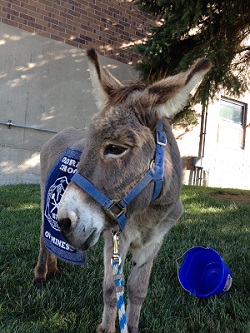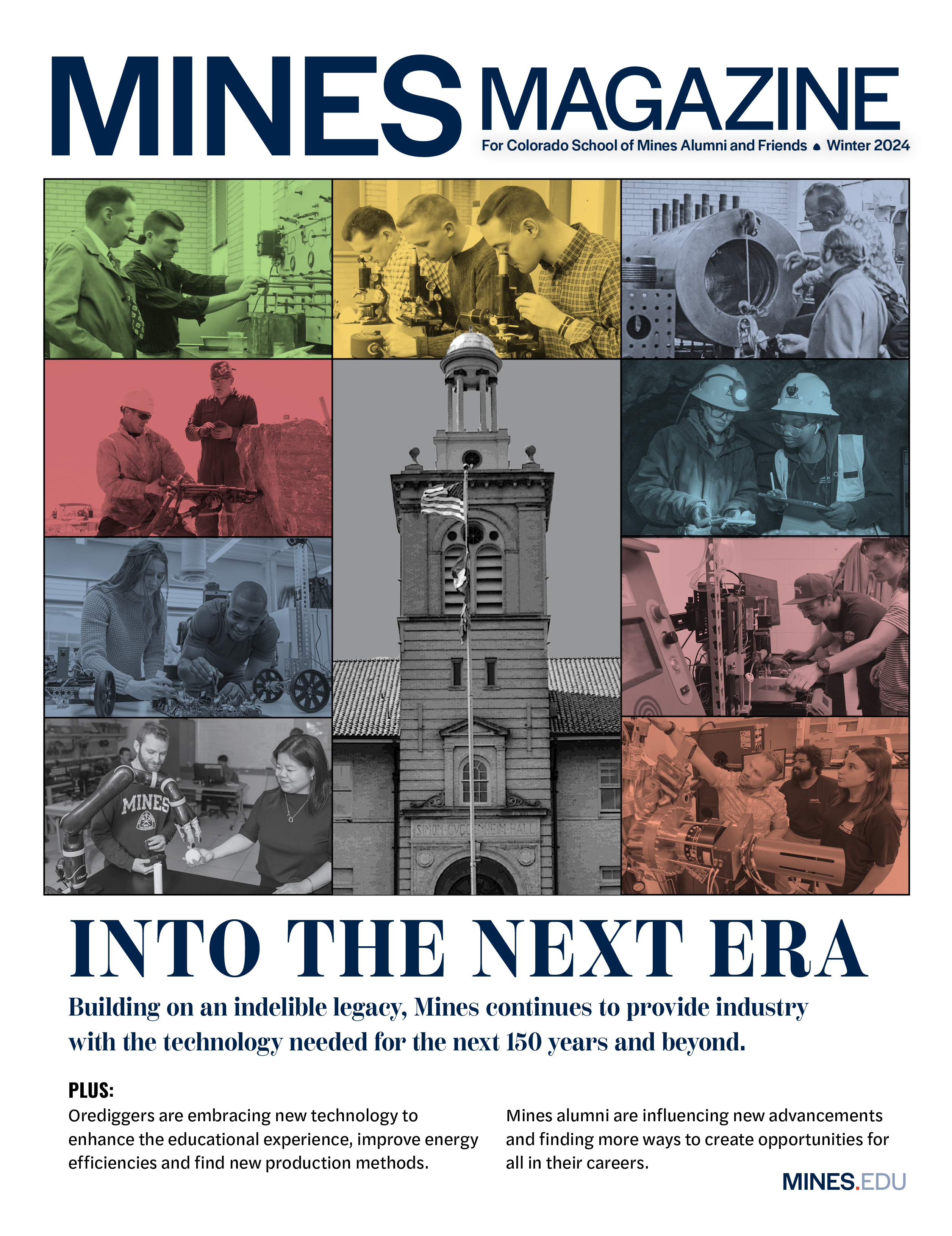A Wealth of History: A handful of gold coins holds the key to Colorado’s past
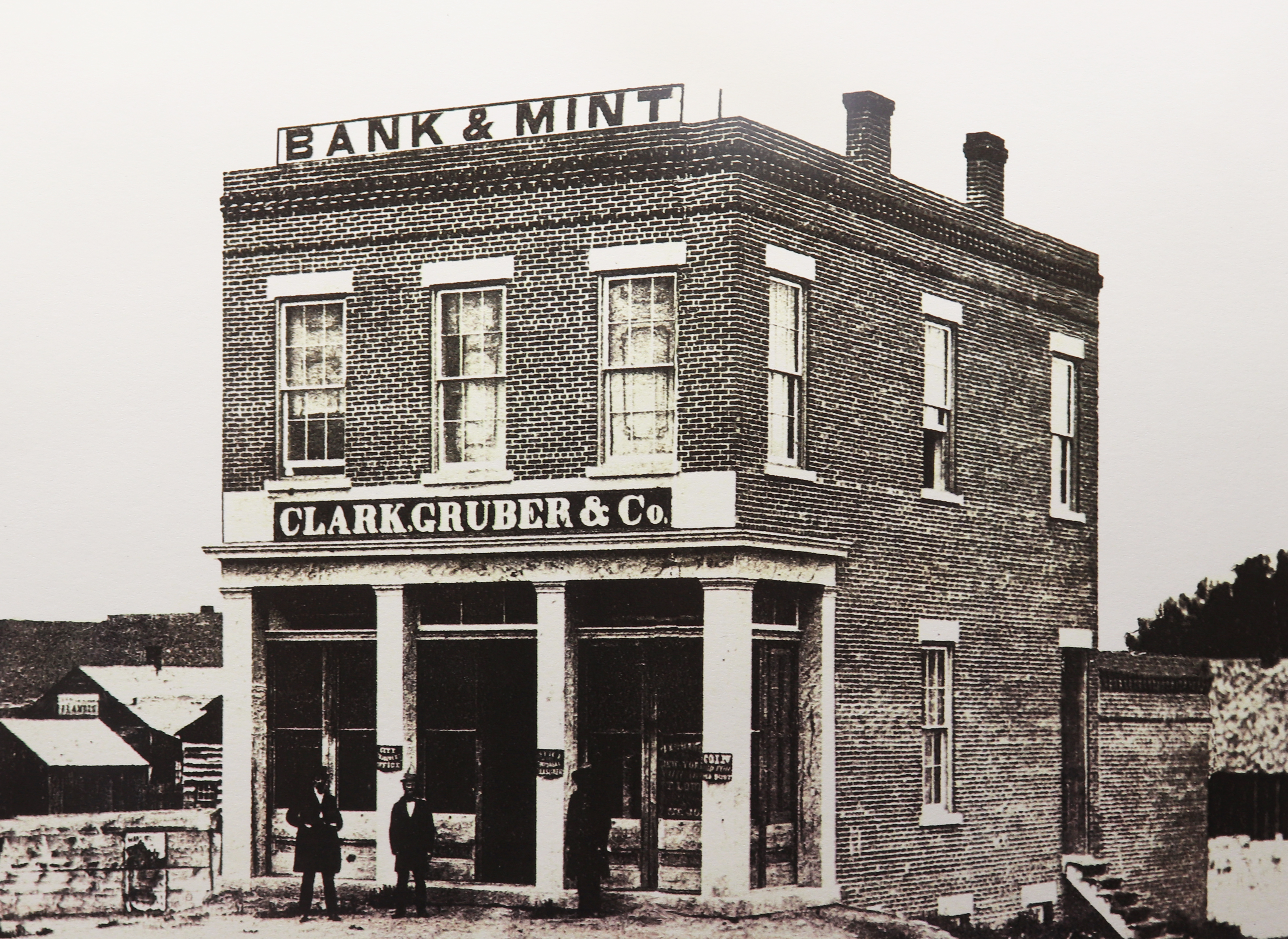
Many of Colorado’s early prospectors weren’t concerned with the shimmer of morning sunlight reflected off a river’s surface or the flash of a rainbow trout’s spotted scales breaching to snatch a mayfly. Instead, their gaze was more focused, looking for a glimmer of gold between grains of sand and silt, a fleck of fortune in the sediment of a slow-moving stream.
The mid-1800s was a period rife with rumor of wealth and the desire to fill empty pockets. Many people experiencing hard times after the Panic of 1857—the first major worldwide economic crisis—moved west in search of fortune and financial stability. Prospectors and pioneers looking to make a living followed any whisper of new gold discoveries, even if the rumors were unfounded and likely a hoax.
However, in 1859, John Gregory, a prospector from Georgia, followed a trail of placer gold nearly 80 miles from the mouth of Clear Creek at the South Platte River up to the source on a Central City hillside. There, he discovered a wealth of more than $85 million (valued in current U.S. dollars) in gold.
Once word got out, packs of prospectors flocked to Central City, scrambling to lay claim to gold, the land and anything else of value in the area. According to the Colorado Geological Survey, “This one district alone produced over 22 million ounces of gold.”
As more people moved into the area and staked out potential claims, new prospectors began to explore the surrounding areas. They established mining districts and, over time, carved a prosperous state out of the wilderness. “During the Gold Rush years, 100,000 people started for Colorado. Fifty thousand completed the journey,” said Ed Raines, curator of the Mines Geology Museum. “Half of those 50,000 people who made it to the Pikes Peak territory gave up and went home. The 25,000 who stayed built the state.”
Lucky prospectors gathered small collections of gold dust, flakes, veinlets and even a few nuggets. Yet prospectors often weren’t as wealthy as they thought they were. During the first year of the Colorado Gold Rush, people paid for goods with gold dust, with merchants taking a literal pinch of gold dust from the prospector’s pouch. This pinch was supposed to equal $1 of gold and weigh exactly 0.05 troy ounce. However, merchants with larger fingers found themselves with bigger pinches of gold and prospectors found themselves with smaller fortunes.
There was an obvious need for improvement and regulation to this imprecise payment method. As a response, brothers Milton M. and Austin E. Clark and their partner, Emanuel Henry Gruber, established a mint that eliminated the pinch process by turning raw gold dust into tradeable coins. They assayed and purchased raw gold dust, refined it to the desired purity, cast and rolled it to a desired thickness, cut the metal into round blanks and machine-pressed the blanks into gold coins, which were then returned to the miner. Clark, Gruber & Co. became the first private mint in Denver. In almost three years of operation, they minted $594,305 worth of Pikes Peak gold.
Although Clark, Gruber & Co. was the most prominent mint in Colorado during this time period—and eventually was acquired by the United States Mint to become the Denver Mint—two other territorial coiners, J.J. Conway and John Parsons, were also involved in fulfilling the vital economic need in the state.
However, before coins made their way into circulation, a series of “patterns” were created from non-precious metals to show what the mint’s design would look like on the three-dimensional face of the coin.
Recently, the Mines Geology Museum was loaned the Frederick Mayer Collection of Colorado Territorial Gold Coins, which is comprised of a number of such coins. Many of the pattern coins in the collection are made from copper or “white metal”—an alloy of antimony with tin, copper or lead. “Because patterns were always struck in quantities of one to perhaps three coins, they come with a built-in rarity,” the exhibit explains. “Patterns should be considered relics that illustrate the story behind the development of the coins that actually found their way into circulation.”
While the Frederick Mayer Collection features coins from Clark, Gruber & Co., John Parsons and J.J. Conway, it also contains patterns for coin dies from the Denver City Assay Office and are some of the most valuable coin patterns from the early gold rush. According to the exhibit, “No actual coins were ever struck, so these patterns alone remain as some of the rarest and most obscure artifacts of the Pikes Peak Gold Rush.”
The coins in the collection are the most important surviving relics with a direct link to the Colorado Gold Rush and the only metallurgical remnants with a legitimate provenance tied to the frontier mines. “A consequence of the coining operations is that gold specimens with a legitimate provenance tied to the Gold Rush are non-existent,” the exhibit states. “There are no known specimens from the actual 1859 Gold Rush, nor are there any ‘discovery pieces’ from any of the famous early mines.”
The collection represents part of Colorado’s origin story and the struggles and successes many prospectors and pioneers experienced as they moved west, building new lives and thriving communities all on the hope of a few flecks of gold.
“Civilization is a complicated process. It needs sound financial policies in order to grow,” Raines said. “Like it or not, money is one of the indispensable keys to civilization. You can see those historic keys to our past right here, at the Mines Geology Museum.”
Visit the Mines Geology Museum to view the Frederick Mayer Collection of Territorial Gold Coins and learn more about the Colorado Gold Rush and the coins that helped establish the state’s economy.
Go to mines.edu/geology-museum for visiting hours.

